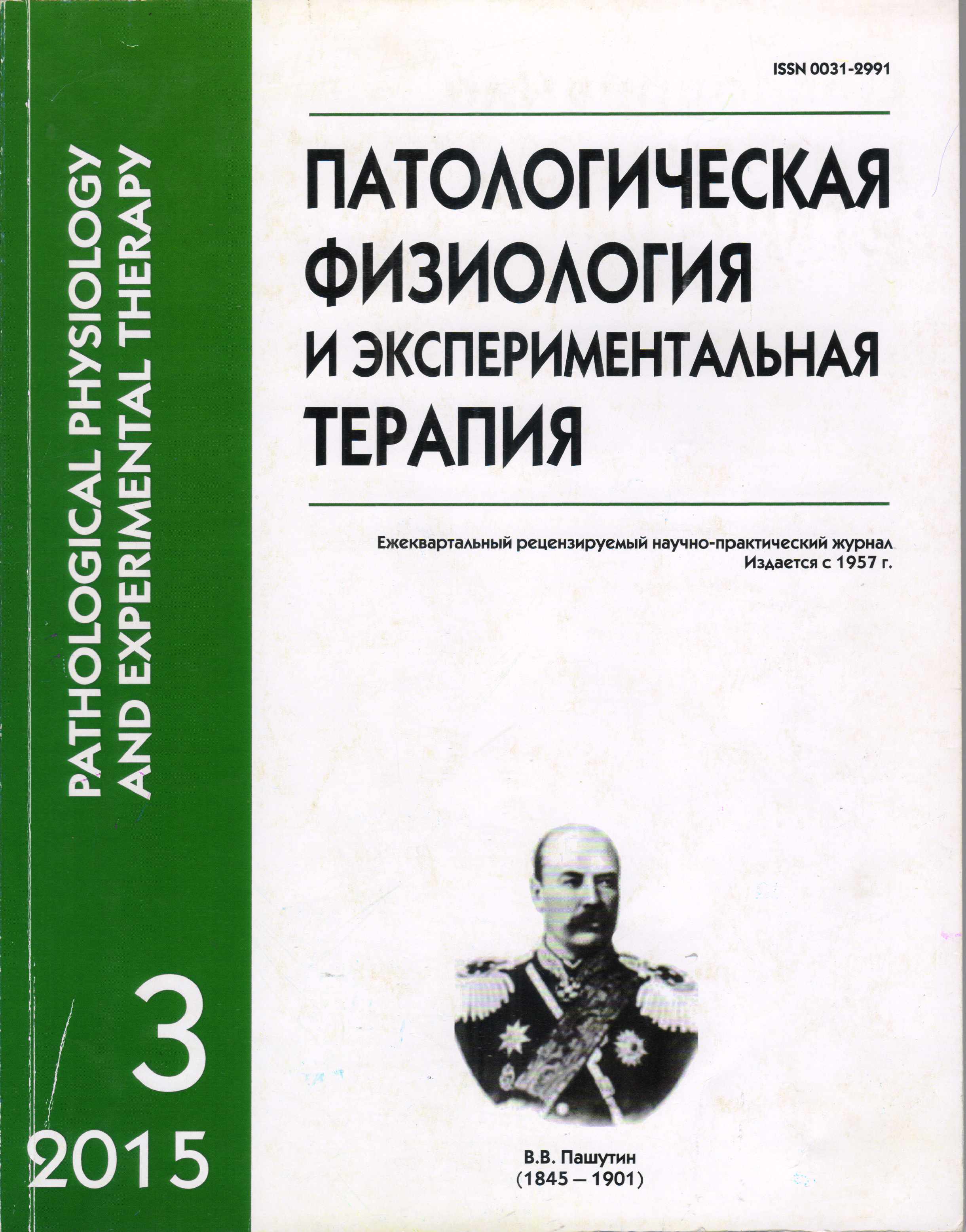The role of cellular mediators in the development of the phenomenon of inhibition induced by barium sulfate luminol-dependent chemiluminescence of blood under the influence of non-steroidal anti-inflammatory drugs in patients with intolerance to these drugs
Keywords:
chemiluminescence, non-steroidal anti-inflammatory drugs intolerance, mediators, clemastine, ranitidine, ketanserin, zafirlukast, intalAbstract
We investigated contribution mediator mechanism in the development of the phenomenon of inhibition induced by barium sulfate luminol-dependent chemiluminescence (SLСHL) of blood under the influence of nonsteroidal anti-inflammatory drugs (NSAIDs) in patients with intolerance to these drugs. It was found that the phenomenon of suppression SLСHL blood under the influence of NSAIDs in patients with intolerance is mediated by the participation of mediators, and the contribution of H1 - and H2 – histamine receptors, 5-HT2 serotonin receptors and Cys-leukotriene receptors in the development of that phenomenon depends on the chemical nature of NSAIDs and the clinical manifestations of intolerance.Downloads
Published
2015-11-11
Issue
Section
Original research
How to Cite
[1]
2015. The role of cellular mediators in the development of the phenomenon of inhibition induced by barium sulfate luminol-dependent chemiluminescence of blood under the influence of non-steroidal anti-inflammatory drugs in patients with intolerance to these drugs. Patologicheskaya Fiziologiya i Eksperimental’naya Terapiya (Pathological physiology and experimental therapy). 59, 3 (Nov. 2015), 89–93.






